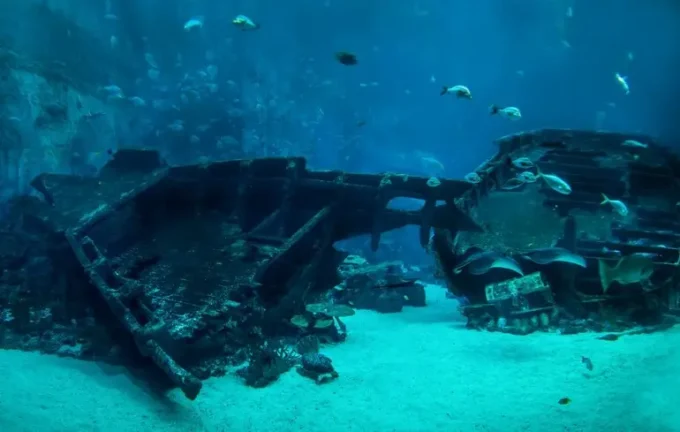Lost Riches from the Deep: Scientists Investigate Sunk Portuguese Ship of 1721 and Uncover Its Secrets

In the mysterious waters near Nosy Boraha island, known historically as Île Sainte-Marie, the wreckage of a ship resting underwater for over three centuries has been discovered. This enigmatic find has become the focus of intensive archaeological research conducted by the Center for the Preservation of Historic Shipwrecks in the United States. According to their reports, the vessel in question is the Portuguese ship Nossa Senhora do Cabo, which fell victim to a pirate attack in 1721. News of this discovery broke in Wreckwatch magazine, where detailed findings and archaeological revelations shed new light on maritime history of that era. Researchers believe that this ship was part of a major trade route connecting India with Europe. In 1721, it was attacked off the coast of Réunion by pirates led by Olivier Levasseur — a notorious figure whose reputation as a maritime outlaw has endured in history. After capturing the vessel, pirates transported it to Madagascar for loot division. During excavations, archaeologists unearthed precious artifacts including religious icons carved from wood and ivory, as well as tablets inscribed with the Latin word "INRI," a well-known Christian symbol meaning "Jesus of Nazareth, King of the Jews." These relics are believed to originate from the Indian region of Goa. Estimates suggest the cargo value exceeds $138 million in today's currency. The ship’s structural remains, historical records, and the discovered artifacts all confirm its identity and past. The wreck was detected via sonar technology amid the wreckage of at least four other pirate vessels, indicating this area was likely a major hub of piracy during that period. Scholars contend that the vessel departed Goa at the end of 1720 and, by April 1721, was attacked near Réunion Island. Following the attack, pirates unloaded and took the ship to Madagascar to divide the plunder. Over the course of a 16-year research campaign, archaeologists have recovered about 3,300 artifacts—ranging from Arabic-inscribed gold coins to fragments of porcelain, wooden relics, and ivory objects. Brandon Clifford, co-founder of the Center, stated that during a storm, the ship had already lost its cannons and was captured with minimal resistance. Notably, about 200 slaves from Mozambique were onboard, though their fate remains unknown. Archaeologist Mark Agostini from Brown University added, “We found at least four pirate ships in the Île Sainte-Marie harbor. Many more relics are buried beneath the silt, promising future discoveries.” The long-lost Spanish galleon San José, which carried plundered treasures from South America, was long considered a legend until its wreckage was found off the coast of Colombia in 2015. Recent underwater scans revealed more details about the vessel. Despite international legal disputes, Colombia continues its investigation without raising the artifacts from the water, leaving many mysteries and stories to unfold.

